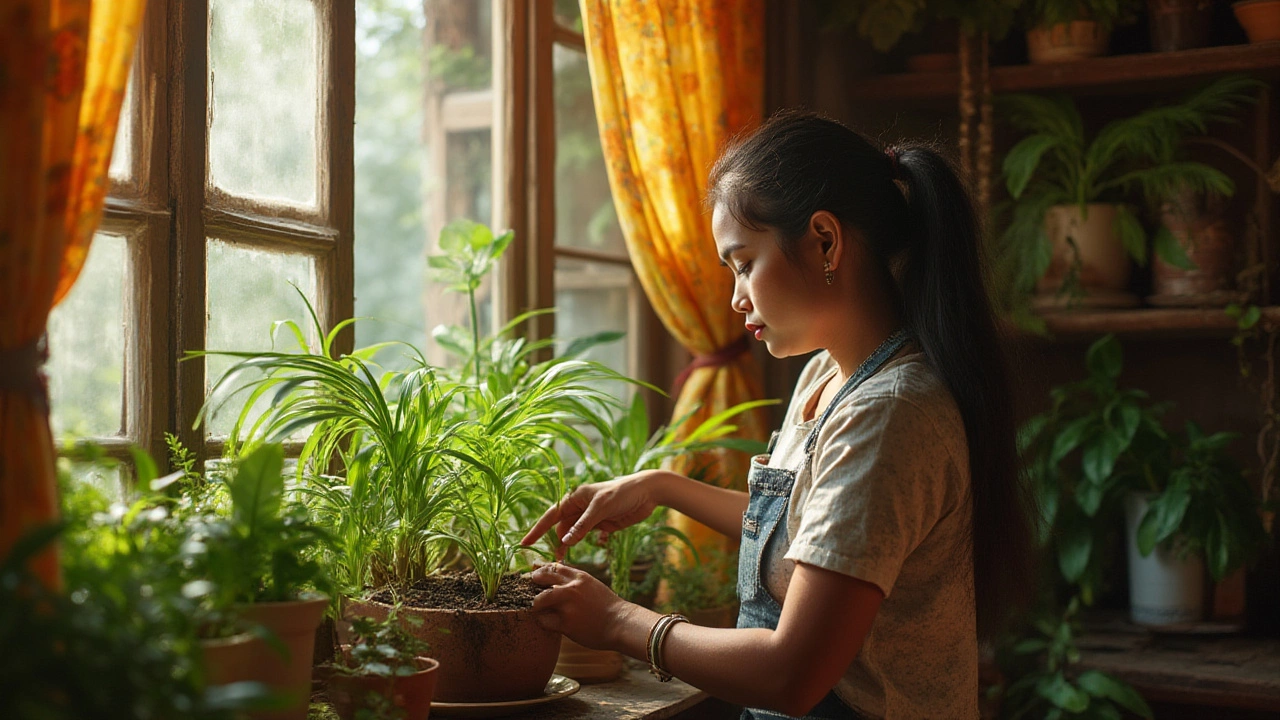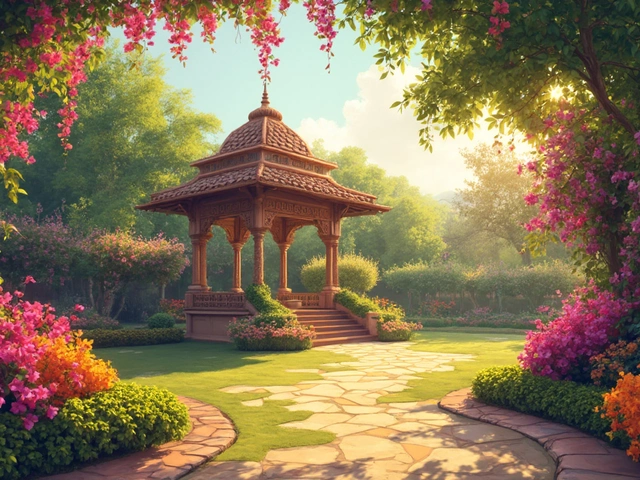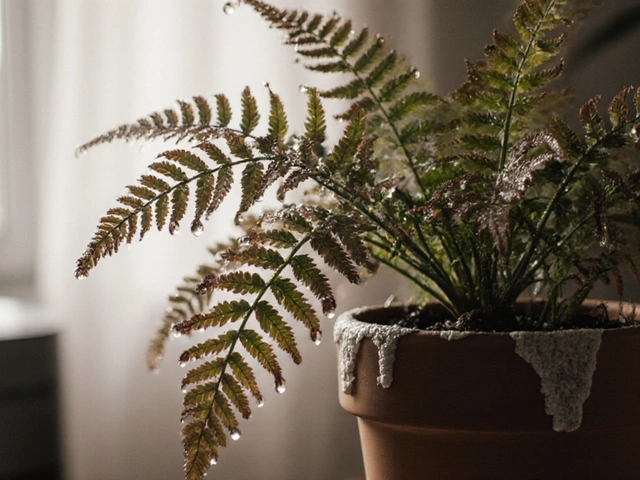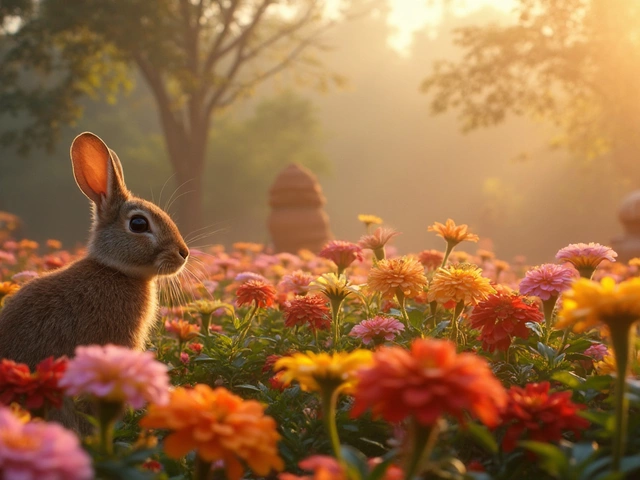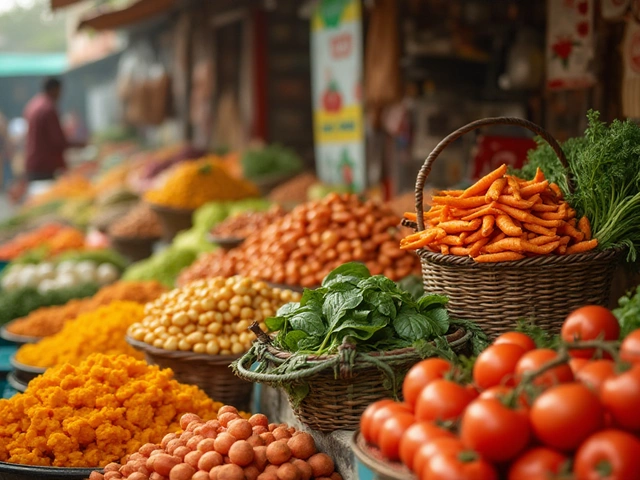You walk past your once cheerful pothos, and the leaves are drooping lower than your energy on a Monday morning. There’s that faint brown crisp at the tips, and you know—another one bites the dust. Houseplants are supposed to make our homes feel alive, calm, and maybe even a little sophisticated. But for a lot of folks, that vision slowly wilts away, one yellowing leaf at a time. The real kicker? Most plant deaths don’t happen because you lack a green thumb—they happen because nobody actually taught you how these things want to live. Good news: turning things around is way less complicated than it seems.
Understanding What Your Houseplants Really Need
First off, it all starts with remembering houseplants weren’t always houseplants. Every snake plant or philodendron grew wild somewhere and adapted to very specific conditions in the wild: light cycles, soil types, rainfall patterns. Toss one in a dim corner or drown it once a week, and it isn’t shocked when things go sideways. It’s just biology. Plants need two things above all: the right amount of light, and not too much or too little water. But even among houseplants, those needs vary wildly. Did you know that a peace lily needs soil that’s consistently moist, while a cactus treats moisture like bad news from a bank? According to a 2023 survey from the National Gardening Association, 68% of houseplant deaths in US households are traced back to incorrect watering—either too much or too little. That’s more than pests, diseases, and low light combined.
Start here: Before you even buy a plant, check its care label or search it up. Some thrive in bright, direct sunlight (like succulents), while others (think snake plants or ZZ plants) can survive in darker spots. Never trust indoor lighting with your bare eyes—measure light in your room at different times a day with your phone’s camera or a $20 light meter. If you read the care tag and it says "bright, indirect light," plopping it on the kitchen windowsill in June is like dropping it in the Sahara—burnt leaves incoming. Indirect light means you can read a newspaper, but there’s no beam of sunshine striking the leaves. This is the hottest mistake you can make, next to chronic watering confusion.
Let’s get real about soil. Regular garden dirt is not your friend indoors. Bagged potting mix (ideally with some perlite for airflow) mimics a plant’s favorite environment far better than that caked-up dirt in your yard. Pot drainage isn’t negotiable. Those Instagram photos with pretty, raised glass jars? They’ll suffocate most roots in weeks, especially if you overwater. Go for pots with holes at the bottom—yes, always. No, those decorative cachepots aren’t enough unless you take the inner pot out to drain after watering.
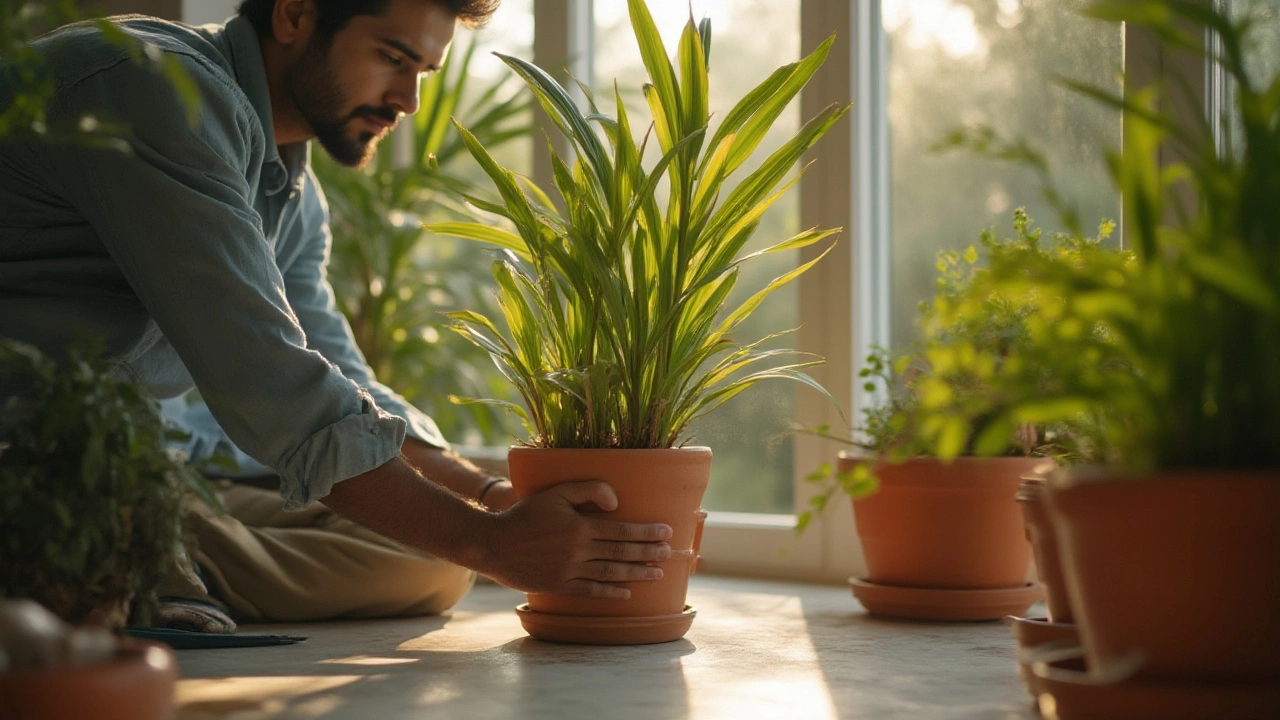
Smart Watering, Right Schedules, and Killer Mistakes to Avoid
Let’s crack the most common anxiety about houseplants: “Am I watering right?” Here’s the short answer—almost nobody is. Water when the top inch or two of soil feels dry to the touch for most plants. That might be once a week in winter, or every other day in an air-conditioned summer apartment. Skip the calendar-based routine—let the plant and soil do the talking. The finger test is old-school but works: Stick your clean finger into the soil up to your second knuckle. If it feels dry, water. If it’s damp, wait. If it’s soggy, you’re loving it to death.
A lot of people (myself included, once) drench their plants “for good measure.” But roots need more air than water in most cases. Soggy roots mean root rot—a silent killer. On the other hand, always waiting until leaves wilt might mean you’re stressing the plant out too often. If you want to get nerdy about it, buy a cheap soil moisture meter (about $10). The bonus is you’ll look and feel like a pro, and it takes out the guesswork. In fact, Cornell University’s houseplant care guide says consistent watering is the closest thing to plant immortality you’ll ever find.
Another classic error is using cold tap water, especially right from the fridge. Some sensitive species can get a shock from cold water. Just leave water in a jug or watering can overnight at room temperature. It also lets some chlorine dissipate, which is a tiny but real bonus for fussy plants. Once you’re done, always let the pot drain—never let it sit in extra water. If your pot is on a saucer, empty that baby out.
Confused about how much water? Here’s a cheat: water until a little trickles from the drain holes at the bottom. Some experts suggest watering less in the dormant winter season. Plants slow down, use less water, and need more kindness (meaning, less drowning). On the flip side, in the summer, when plants are actively growing, their thirst spikes. Sun, wind from a fan, drier air from AC—all speed up evaporation. Unless you’re growing ferns or tropical types, misting isn’t a must for most houseplants, but boosting humidity can help with browning edges. If you want to go big, group plants together or set a small bowl of water nearby (evaporation zone!).
Too much fertilizer is another easy way to kill your plant with kindness. Most common houseplants only need to be fed during active growth—usually once a month, and half-strength is plenty. If it’s winter, skip it entirely unless yours are blooming. Go for a balanced, water-soluble fertilizer labeled for houseplants.
| Common Houseplant | Sunlight | Water | Notes |
|---|---|---|---|
| Snake Plant | Low to bright, indirect | Every 2-3 weeks | Tolerates neglect; don't overwater |
| Peace Lily | Low to moderate, indirect | Weekly, keep moist | Leaves droop when thirsty |
| Fiddle Leaf Fig | Bright, indirect | Weekly, let dry out between | Wipe leaves for dust |
| Spider Plant | Moderate, indirect | Weekly | Tolerates missed watering |
| Aloe Vera | Bright, direct | Every 3 weeks | Loves to dry out; succulents |

Common Houseplant Killers and How to Troubleshoot
Got brown tips or yellow leaves? Don’t chuck your plant just yet. Most fatal issues are slow ones, and if you catch them early you can pull off a plant revival. Let’s get forensic about this.
Yellow leaves often mean too much water—but if you haven’t changed your watering routine lately, check for other clues. If lower leaves on a rubber plant or pothos are the only ones affected, it could just be natural aging and not a crisis. Brown tips can be a sign of low humidity, especially for tropicals like calatheas. Fast fix: move to a bathroom with a window, toss a humidifier in the room, or cluster plants together. Droopy leaves? Too little water (if soil’s bone dry) or root rot (if the soil’s swampy). Move the plant out of its pot, check for mushy brown roots, and snip those off if needed. Repot in fresh mix if things are dire.
Got gnats? Those little black flies love wet soil and decaying roots. Let the soil dry, use sticky traps, and cut back on watering. For spider mites (tiny webbing and tiny moving dots), wipe leaves with a damp cloth and use insecticidal soap if needed. Dust and grime can choke off growth and attract pests. Every few weeks, wipe the leaves with a damp paper towel or spray with a gentle shower from the sink or tub.
Sometimes the plant is too far gone—roots totally mushy, no new growth in months, and the stem is collapsing. Go easy on yourself. Everybody has plant graveyards. Use the empty pot as a lesson, not a guilt trip. Next time, match the plant to your light (not vibes), pick smartly, and water for roots—not for habit or schedule. The most common cause of death is overwatering in a pot without drainage holes. If you’re desperate for a statement vase, keep your plant in a boring plastic grower pot hidden inside the fancy container, and pull it out to water. It’s a hack worth learning.
Want to keep your leafy friends happy? Here’s a daily routine that’s as simple as coffee: Look at your plants as you pass by. Touch the soil a couple times a week. Take five minutes to dust leaves once a month. Pause before you water—does the soil really need it? Ask yourself the same if you’re tempted to move the plant around every week looking for “the right spot.” Disrupting the plant’s environment stresses it out way more than you’d think. Plants thrive on stability even more than Instagram filters. If you make a habit of checking them and reading their signs—even just once a week—you’ll get attuned to what healthy plants look like. That peace lily drooping isn’t a mystery anymore; it’s your green neighbor ringing your doorbell for a top-up.
- Check plant tags and always look up your exact variety online—care depends on the actual species, not just looks.
- Invest in pots with real drainage holes.
- Water when the soil dries, not when the calendar says so.
- Match your plant to your home’s light, not just your favorite shelf.
- Wipe off dust and check for pests monthly.
- Go easy on the fertilizer, and skip it entirely in winter.
If you internalize just one actionable tip, remember this: most plants fare better with too little attention than too much. If you’re ever unsure, wait a day. Plants are patient. More die from stop houseplants dying efforts gone wrong—well-meant, but overbearing—than from a little neglect. Water, light, and airflow matter most. Everything else is window dressing. And when you get it right, you’ll finally see your own home go green from the inside out. No fancy botany background required—just a little patience, the willingness to check a leaf or two, and a fresh start in a pot with more holes than you thought you’d ever need.
